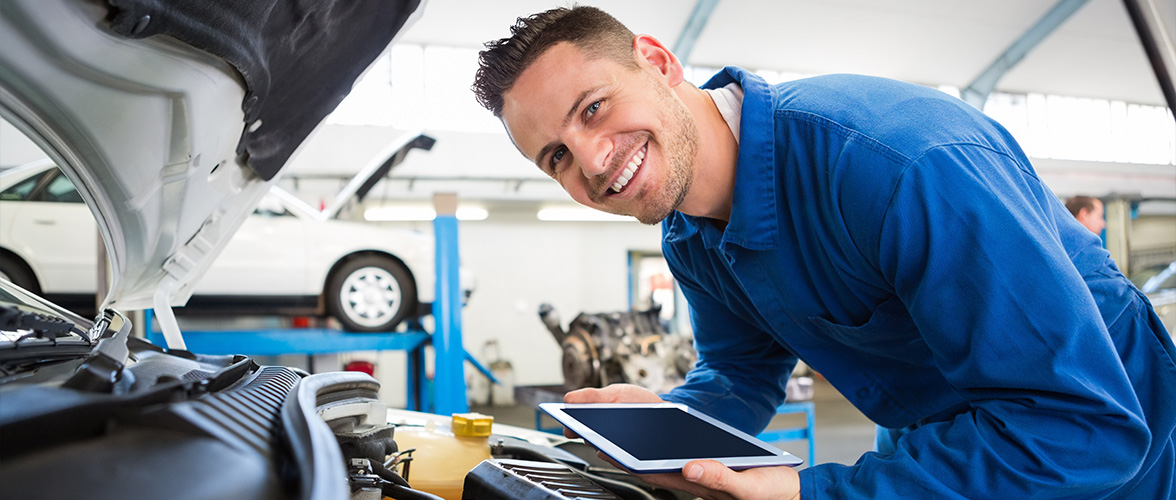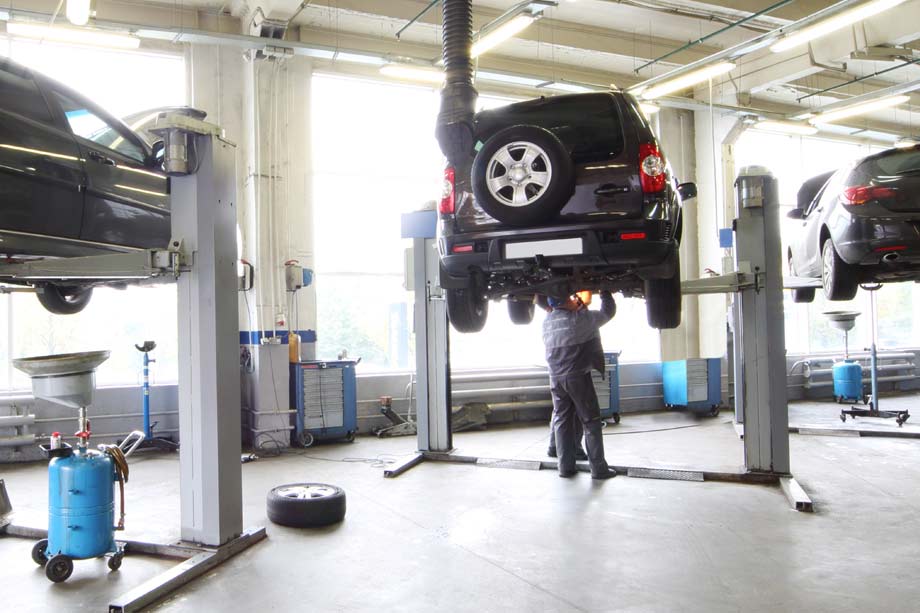All Categories
Featured

When it comes to car fixings or upgrades, one of one of the most important choices you'll face is whether to select Original Equipment Manufacturer (OEM) components or aftermarket components. Both options provide distinctive advantages and downsides, so comprehending the differences in between them is vital for making a notified choice. In this short article, we'll discover the benefits and limitations of OEM and aftermarket parts to assist you decide which is finest matched for your auto.
What Are OEM Components? OEM components are created by the exact same producer that made the initial components in your vehicle. These parts are created to satisfy the specific specs of your auto, ensuring they are an exact fit and provide the same efficiency as the components that came with the vehicle when it was initial built. OEM components are typically taken into consideration the "manufacturing facility criterion" due to the fact that they come directly from the cars and truck's supplier or an accredited supplier.

One of the primary advantages of making use of OEM components is their guaranteed high quality. Given that these components are made to the very same criteria as the originals, they usually supply a perfect fit and trusted performance. Furthermore, lots of OEM parts come with a warranty, offering you satisfaction that you'll be shielded in case of defects.
What Are Aftermarket Parts? Aftermarket components are made by third-party makers that are not affiliated with your automobile's initial producer. These components are made to fit a wide range of automobiles and are typically less costly than OEM components. Aftermarket components can be made use of for routine repairs or upgrades, and they often supply a more comprehensive series of alternatives contrasted to OEM parts.

Furthermore, aftermarket parts may provide far better performance or extra attributes not available in OEM choices. Aftermarket exhaust systems, brake pads, and suspension elements commonly provide improvements in performance or appearances that could not be found in OEM components.
Benefits of OEM Parts. Precision and Compatibility: OEM components are made specifically for your lorry's make and model, guaranteeing they fit flawlessly and carry out to the precise requirements required. Warranty Insurance Coverage: Numerous OEM components come with service warranties, supplying coverage in case of defects or early failure. Quality Guarantee: Given that OEM components are made by the initial supplier, they go through the very same extensive quality assurance requirements as the components installed in your lorry when it was first developed. Resale Value: If you plan to sell your car, having OEM parts can help preserve its resale value, as potential buyers might be extra thinking about a vehicle that has been fixed with original elements. Advantages of Aftermarket Parts. Price Cost savings: Aftermarket parts are normally much less expensive than OEM components, which can be a considerable advantage if you're on a budget plan or intend to save money on fixings. Selection and Customization: Aftermarket parts give a bigger variety of alternatives, including performance upgrades and aesthetic improvements. If you desire to raise horsepower or boost your car's look, aftermarket options can use distinct remedies. Schedule: Aftermarket components are commonly simpler to locate than OEM components, especially for older cars that might no longer have easily offered OEM elements. Performance Improvements: Some aftermarket parts are developed with performance in mind, such as high-performance brakes, air filters, or exhaust systems. These parts can improve your car's general performance and driving experience. Downsides of OEM Components. Greater Rate: The most significant drawback to OEM components is their price. They are commonly more expensive than aftermarket options, which can include up promptly if your auto requires several fixings. Limited Modification: OEM components are developed to recover your lorry to its initial requirements, meaning they may not supply the exact same variety of customization choices as aftermarket parts. Schedule Problems: Depending upon the age of your lorry, particular OEM parts might be harder to find or discontinued, making repair work a lot more tough. Downsides of Aftermarket Components. Irregular High quality: While many aftermarket components are of top quality, others might be improperly made or lack the durability of OEM parts. It is necessary to investigate the supplier and check out reviews to make sure the high quality of the component you're taking into consideration. Fitment Issues: Aftermarket components are made to fit a large range of cars, however they may not always supply the best fit that OEM components guarantee. This can cause setup problems or suboptimal efficiency. No Surefire Service warranty: While some aftermarket parts include guarantees, they may not be durable or as detailed as those provided by OEM parts. In some instances, utilizing aftermarket components could also affect your vehicle's guarantee coverage if it's still active. How to Choose In Between OEM and Aftermarket Components. The choice between OEM and aftermarket parts ultimately depends upon your details requirements, choices, and budget. Below are a few factors to consider to aid guide your option:
Budget plan: If conserving money is a priority, aftermarket components are generally the much more inexpensive alternative. Be conscious that less expensive parts might not last as long as OEM elements, which could result in greater costs down the road. Car Age and Problem: For newer vehicles, especially those under service warranty, it's commonly a great idea to select OEM parts to preserve the automobile's stability and protect its resale value. For older vehicles, aftermarket components might be much more sensible, especially if the car is no more under warranty or if you're trying to prolong its life expectancy with economical solutions. Fixing Type: Specific important repairs, particularly those relevant to safety (brakes, air bags, etc), are best handled with OEM parts to ensure the highest degree of safety and efficiency. For non-essential fixings or adjustments, aftermarket parts can provide an excellent balance of quality and affordability. Efficiency and Modification: If you're seeking performance upgrades or distinct customization choices, aftermarket parts might be the very best option. Numerous aftermarket suppliers layout components particularly for improving your auto's capacities, whether it's for far better efficiency or appearances. Verdict. Both OEM and aftermarket parts have their pros and disadvantages, and the finest selection depends on your certain demands and priorities. OEM components are suitable for maintaining the initial quality and performance of your car, while aftermarket parts supply price financial savings, personalization choices, and a more comprehensive range of choices.
Latest Posts
Explore Limited-Time Auto Repair Deals in Chicago at Montclare Auto Repair
Published May 24, 25
1 min read
Recognizing When Your Car Needs Expert Auto Repair at Montclare Auto Repair
Published May 24, 25
1 min read
Specialist Industrial Roofing Solutions in North Platte, Nebraska
Published May 23, 25
2 min read
More
Latest Posts
Explore Limited-Time Auto Repair Deals in Chicago at Montclare Auto Repair
Published May 24, 25
1 min read
Recognizing When Your Car Needs Expert Auto Repair at Montclare Auto Repair
Published May 24, 25
1 min read
Specialist Industrial Roofing Solutions in North Platte, Nebraska
Published May 23, 25
2 min read